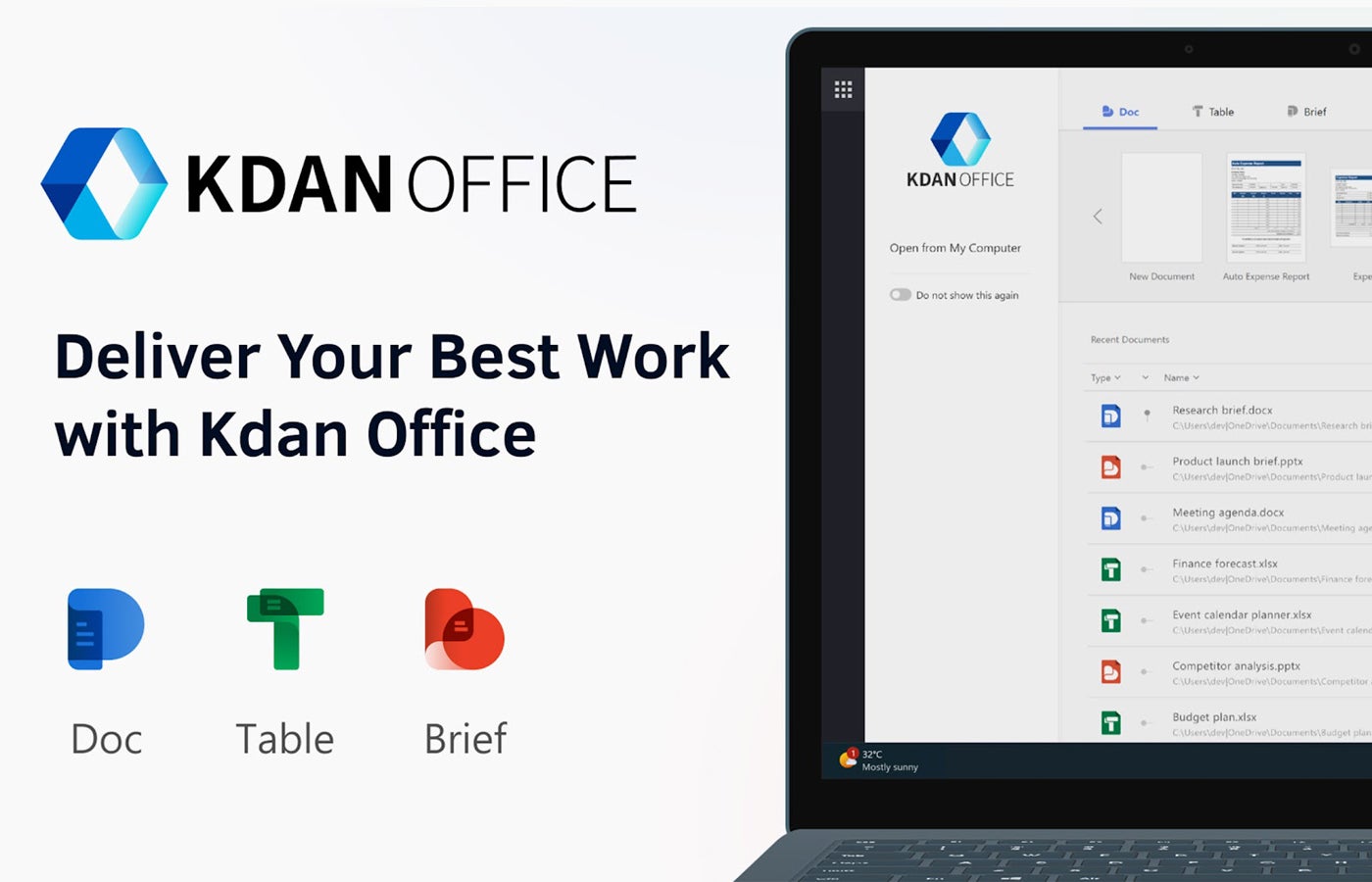Project management systems have become critical tools for APAC organizations to navigate the rapid pace of business change. Whether it's a cloud migration or a system implementation, IT teams in particular desperately need PM systems to get things done.
APAC-based Celoxis is a project portfolio management software company that is seeing this shift. Celoxis Head of Customer Success Ratnakar Gore said project management faces challenges including more complex projects, remote work teams and a shift towards agile working.
He said project management systems like Celoxis are changing with these developments through measures such as integrating team collaboration and social media tools and supporting operations with resource planning visualization or improving interoperability with others. systems.
What challenges does the project management discipline face?
The project management discipline has changed since the launch of Celoxis in the late 1990s. Gore said that initially, the company was established because of a perceived need among organizations for greater flexibility and scalability to address collaboration and management challenges. of projects among labor forces. Since then, the company has grown from India to global markets.
VIDEO: Watch our introduction to Celoxis project management capabilities
APAC has also seen the birth of other project management software providers such as Australia's Atlassian, and a new influx of cloud providers such as monday.com and ClickUp are making their presence known in the market.
Gore said project management faces a number of challenges and opportunities.
The increasing complexity of portfolios and projects
Projects have become larger and are interconnected across geographies. “This is something all organizations are dealing with. Interconnected global markets, advances in technology and diverse project requirements make large-scale initiatives challenging.”
The rise of remote and hybrid work and collaboration
Global events such as the COVID-19 pandemic have led to a growing shift towards remote and hybrid working, even in APAC. Gore said, “This has added challenges to team collaboration, interpersonal communication, and team dynamics” to facilitate remote project management.
Efficient resource allocation and management
Recent tighter economic conditions have meant focusing on the efficient allocation and management of resources, including human and non-human assets. “Amid tight budget constraints, this is a critical challenge. The success of the project depends on optimizing the utilization of resources,” Gore said.
Moving from waterfall management to agile project management
There is a growing preference for iterative and agile project management methodologies over traditional waterfall project management, and Gore says several companies see this as a way to achieve “greater adaptability and responsiveness.”
However, the transition, which has been adopted in APAC markets such as Australia, requires a “change in thought process”. He added: “Several organizations struggle with the change management issues associated with adopting agile implementation frameworks.”
Align project portfolios with business strategy
There is a general move to ensure project portfolios contribute to overall business objectives, which Gore says is “always a challenge.” He said: “Maintaining a clear link between projects and strategic objectives requires effective communication and alignment at all levels of the organisation.”
Implementation of project management tools and processes.
These changes have required organizations to implement new project management tools and processes, which has its own challenges. “Traditionally, there is resistance to change, and most companies work to manage this resistance to ensure a smooth transition,” Gore said.
How are project management software vendors responding?
Project management software vendors continue to develop products to meet new challenges. Gore said that as the business environment changes and technologies like AI take off, IT managers will witness a number of changes in technologies in the APAC market.
The expansion of systems to include management roles.
In the past, software project management was handled by an IT project manager or general project manager with operational and project responsibilities. Gore said competition is driving software to incorporate more diverse roles and functions of an organization's workforce.
SEE: The 10 best project management software and tools in 2024
Organizations are now seeing “departments or teams without traditional, active involvement in project management software solutions” invited into the user ecosystem, he said, as organizations seek to align stakeholders with the company's objectives and goals. organization.
Prioritizing the visibility of resource management.
Project management tools offer resource management features with centralized scheduling. “This allows a team view of pending work and available capacity. “Data-driven decision making can improve project portfolios and resource allocation,” Gore said.
The incorporation and use of AI and automation.
The rise of AI is impacting the project management software market. Gore said there is a growing trend toward incorporating automation and artificial intelligence features “to streamline repetitive tasks, optimize resource allocation, and provide intelligent insights into project performance.”
Improved user interface and user experience.
Systems that are difficult and unappealing to use are less effective on projects, and sometimes systems skills need to be quickly acquired. Gore said intuitive UI and UX are “gaining a lot of emphasis, with a greater focus on serving users with varying levels of technical experience.”
The Fundamentals of Data Security and Compliance
Project management vendors are prioritizing data security and compliance. “As more sensitive data is stored and managed within various project management tools, there is an increased focus on data security and compliance with regulations such as GDPR,” Gore said.
DOWNLOAD: This TechRepublic Premium GDPR Security Bundle
Project management tools are becoming more social
Social media platforms have invaded the lives of consumer market workers and this is also influencing project management tools. Gore said that although this is a developing area, “social media platforms will play a role in project management software in some form.”
Centralizing team collaboration for projects.
The requirement for teams to collaborate across locations, particularly with more remote working in APAC, requires more in-the-moment collaboration and team communication within project platforms. This is driving demand for features like real-time messaging.
SEE: TechRepublic review of Celoxis features, pricing and alternatives
The move to cloud-based project management software tools
There has been a notable rise in cloud-native SaaS project management solutions. Gore said that “current market trends indicate the rise of more project management software vendors making their systems available in the cloud to support collaboration and scheduling.”
The requirement for greater integration and compatibility
Silos are enemies of good project management. Systems are trying to expand integration capabilities, even in new business domains. “There is a focus on seamless integration with other business applications, for a connected business operations scenario,” Gore said.
How is Celoxis responding to the changing market?
Celoxis offers an all-in-one project and portfolio management software solution. It includes advanced scheduling, Gantt charts, risk management, time tracking, Kanban project planning, issue tracking, a reporting and dashboard engine, and an innovative client portal.
Gore said market trends and opportunities have the company focused on ensuring integration and compatibility with other platforms and devices, incorporating real-time messaging to facilitate collaboration, improving user experiences and improving security and compliance. of the data.











